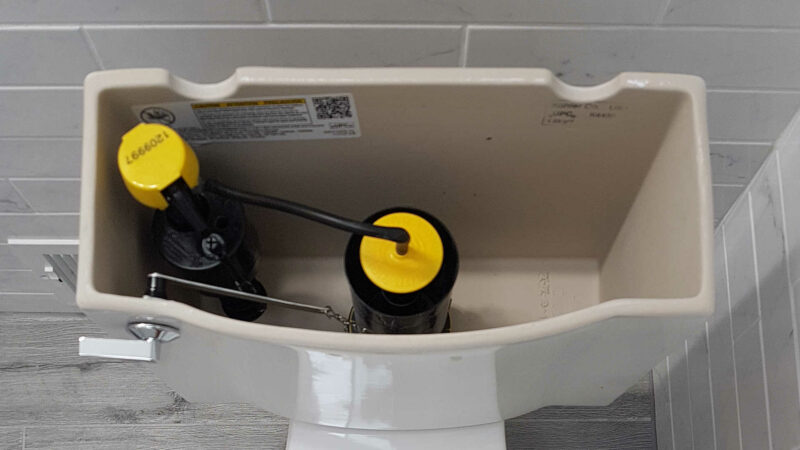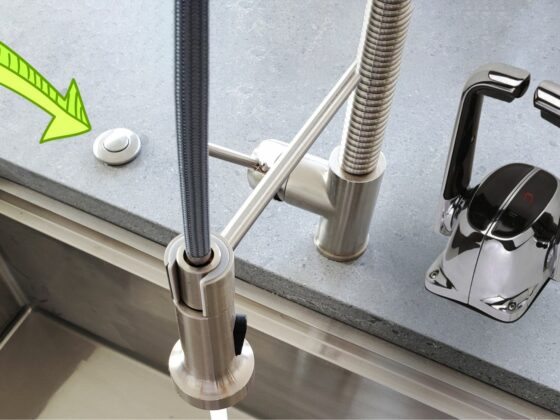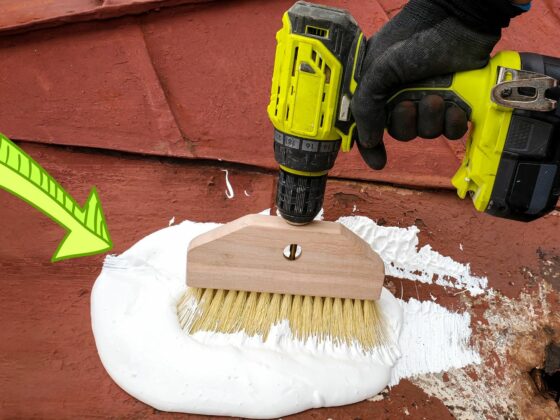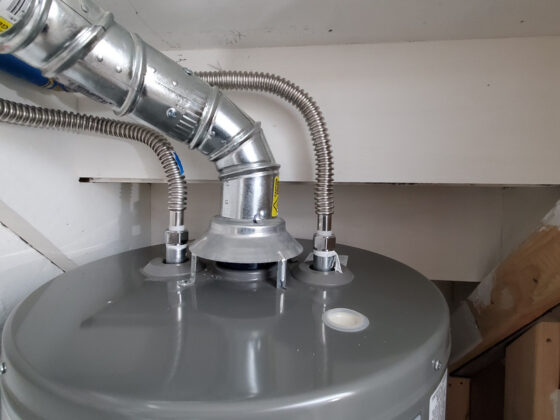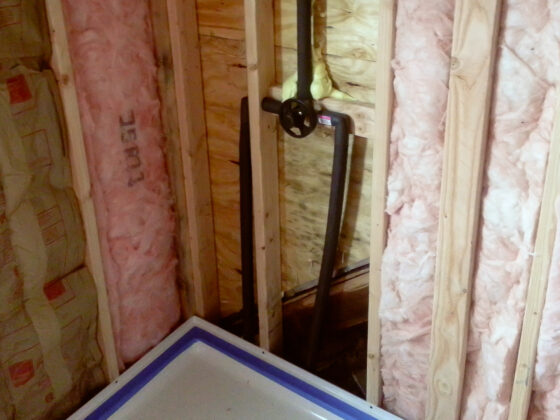Plumbing in a home may cause several issues over time. Most of these issues are caused by leaks which lead to a lot of water wastage over time. Some households waste as much as 200 gallons per day without even knowing it. With water becoming scarce all over the world, it is important to do what we can and stop water wastage. In this article, we will consider the problem of phantom or ghost flushing toilet.
Phantom flushing is one of the biggest issues faced by millions of households from all over the world. It can be very frustrating and sometimes even frightening to hear it when you least expect it. Although it doesn’t technically flush the water, it is caused due to leakage and therefore ends up with a lot of water wastage.
I myself had this type of problem in my basement toilet, so I know that we can easily pay water bills twice as high, just because we want to spend a few minutes repairing our toilet.
To ensure that water isn’t being wasted through plumbing issues in your home, you may need to be a bit proactive and check for issues every month or so. While this may cause a bit of inconvenience, it will be highly worth it in the long term.
What is ghost/phantom flushing in toilets?
Ghost/phantom flushing is when water gets refilled back into the tank due to a leakage there. The sound of the water filling back up in the tank is similar to the sound of a flush, due to which people refer to it as a phantom flush. The issue is an internal problem and can be caused by different problems. If you don’t find it soon enough, you will end up losing hundreds of gallons of water over time. Apart from the fact that water is becoming scarcer with each passing day, you will also end up with a higher water bill at the end of the month.
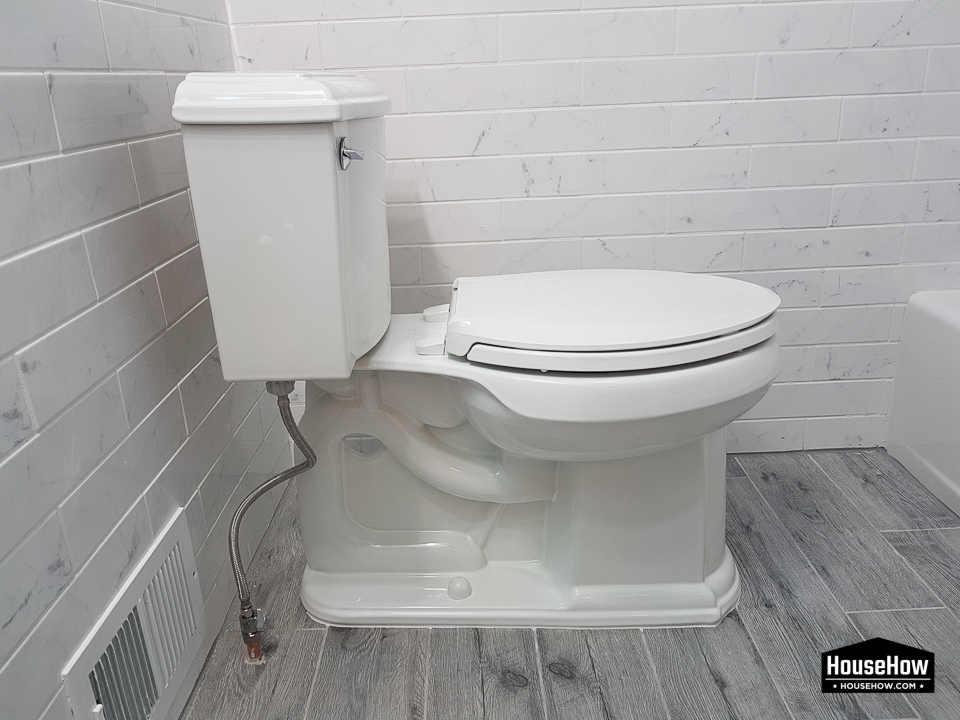
What causes a ghost/phantom toilet?
The main reason for a ghost/phantom toilet is that water is constantly flowing through the valve that regulates the water level. The problem can be very easy to repair, because often it is enough to set the height of the water table, so that it does not overflow. In most toilets, this is set up by a knob on the water level valve.
The water level valve can be also damaged so it is open all the time. The water then flows directly into the toilet via the safety path.
Another common cause is a leaky flapper which, by leaking water into the toilet bowl, causes the tank to fill up indefinitely. These types of leaks are often much more difficult to identify because it happens once in a while.
In summary, the immediate cause of a hissing toilet is always the opening of the water valve in the toilet tank, the reasons for this may be different.
How to fix phantom flushing toilet?
The first thing to do is to figure out if there is an issue of phantom flushing in your toilet. All you have to do is pour a few drops of food coloring into the tank. Come back in 15 minutes and see if the color can be seen in the bowl. If it’s there, then you have a leakage problem. Here are some of the ways to fix phantom flushing toilets.
- Replace the toilet flapper – In most cases, the toilet flapper turns out to be the main culprit and so must be the first thing you check out. If that’s the issue, you need to turn off the water supply first. Then take the lid off and remove the flapper. Wash it and cover it with plastic, then you can head over to a hardware store and get a replacement by getting an exact match. Before you install the new one, make sure any slime or gunk is cleaned up so that there won’t be any sealing issues later on.
- Replacing the flush valve – To check this, all you need to do is turn off the water cutoff valve and remove the lid to see how much water is there in the tank. Leave the bathroom and come back after 20 minutes. If the water level is lower, then you might have to look at the flush valve seal. The best option here would be to contact a licensed plumber and get it fixed.
What causes a hissing toilet?
The primary reason for a hissing toilet is the movement of air and/or water through the waterline. If it’s caused by water, it will be a relatively easier problem to fix as it’s mostly caused due to an issue with the refill valve. The refill valve is responsible for the amount of water that gets filled back into the tank after you flush. If there is a problem with the valve, then either too much or very little water will get filled. So if the toilet hisses when you flush, it might be because there isn’t enough water in the tank. In this case, all you have to do is lift the lid and adjust the water level as required.
Based on the type of refill valve you have, you will have to adjust the level accordingly. If it’s an old toilet, the tank may have the ball float inside. New ones come with a marked wheel which you can turn to set the required water level. After adjusting it properly, make sure that the water doesn’t run down the overflow pipe. Too little water or too much water leads to water wastage.
If the water level is proper but the hissing sound persists, then you might want to check the valve for any blockages. If there is no blockage in the valve, then it means the issue is a lot deeper in the plumbing. If that’s the case, it would be wise to get a plumber or handyman.
Is a hissing toilet dangerous?
A hissing toilet is not dangerous per se but if it’s not fixed in time, it can lead to a lot of water wastage which in turn will result in a much higher water bill. A lot of people often ignore the hissing sound thinking that it will just go away automatically but that seldom happens. Most toilets come with 2 valves inside the tank. When these valves become defective or have a blockage, you start hearing a hissing sound coming from the toilet.
Luckily, in most cases, the issue doesn’t require a plumber or handyman to come right away as you can just shut down the water supply closing the valve located under the toilet tank. When no water is reaching the tank, the problem will go away until the water gets filled again. So you will have enough time to call the plumber and get it fixed permanently. If there is only one toilet in your home, then you can turn the water on before you use it and then turn it back off again afterward.
What to do if the toilet is hissing?
Here are some of the steps you can take if your toilet is leaking.
- Check fill valve – The first thing you should do is take off the lid on the tank and see whether it is due to the water level being too high or the inlet valve. The valve can be seen on the ball float. The float is what tells the valve when to shut down based on the water level. Sometimes it may not work as intended and the valve will continue to be open even if there is too much water inside the tank. So if you want to check if it’s an issue with the valve, flush the water and lift the rod that is attached to the float. Be gentle when you do this though as it might break otherwise. If you hear the water stop flowing, then that means the valve is working properly. So the culprit may be the float.
- Check the float – If the issue is with the float, then you need to align it to the right position. There will be a screw on the rod attached to the float which you can adjust to fix the issue. If that doesn’t work, then the issue might in the ball float itself. Sometimes it might get punctured and in such cases, you will need to replace it with a new one. Replacing both the rod and the ball float is quite inexpensive and so it won’t burn a hole in your wallet. If you aren’t confident of doing it yourself, you should call a handyman to take a look at it.
- Check the flapper – If the valve and the float don’t have any issues, then the problem might lie with the flapper. If the water level is proper and water is still leaking, then you need to shut down the water supply to the tank. Leave the lid open and come back after 15 minutes or so. If the level drops further down, then it might be due to the flapper chain being too tight. When this happens, it prevents the flapper from dropping down. If the chain isn’t too tight, then the issue might be with the flapper itself.
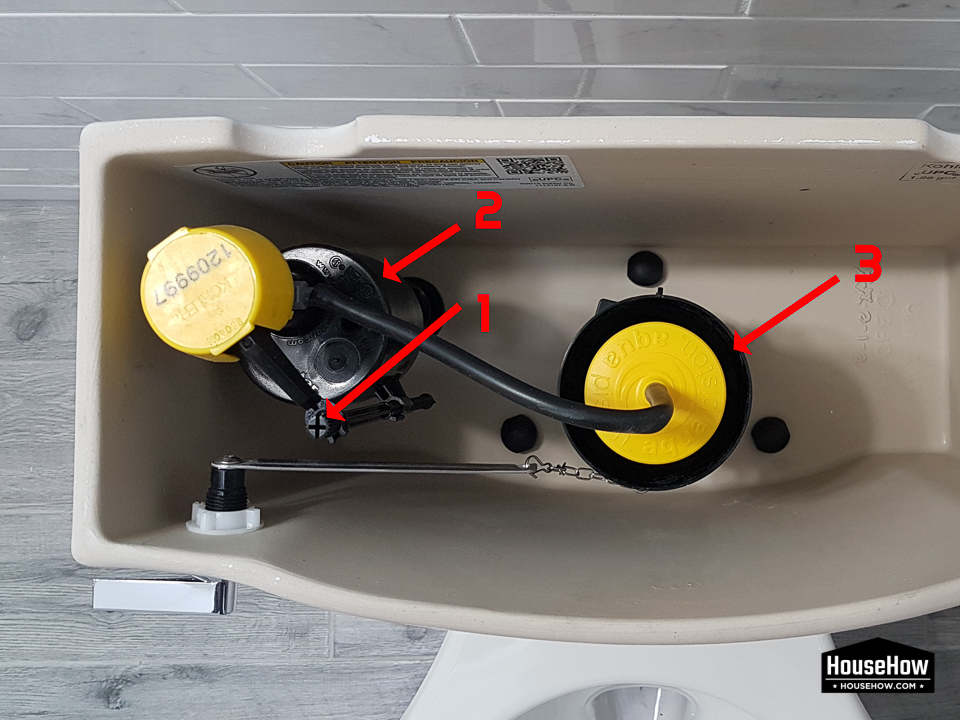
When it comes to a leaking toilet, the issue won’t be complicated. However, it might take some time to figure out where the problem lies. If you are not confident in figuring it out and fixing it yourself, the best thing to do is hire a plumber. In a matter of minutes, you will be able to not only find the root cause of the problem but also fix it.
How do you know if the fill valve is bad?
Three things point towards a faulty fill valve. They are:
- If the toilet is running constantly, then it might be due to a broken fill valve.
- If the toilet won’t flush or if the flush isn’t powerful as before.
- If it takes a long time for the tank to refill.
Do note that there could be other reasons for some of the above issues. If your toilet is running constantly, it could be because of the float or the flapper as well. So by checking them both, you will be able to figure out where the problem lies. Also, look out for any obstruction in the fill valve too as it will cause more issues down the line. One way to clear an obstruction there is to have water flow continuously into the valve for a few seconds. If the object is small enough, it will get washed away.
How do you fix a hissing kohler toilet?
If your Kohler toilet has a hissing sound, then you need to check the fill valve for any debris that is obstructing the flow of water. Due to the debris, enough water can’t be pumped out and instead, you hear the sound of air escaping. You can pour running water into the valve and try to wash away the debris or you can check the valve for any issues. If you need to replace the valve, then make sure you look for the model number to buy the right part.
Why is Mansfield toilet hissing?
If you have a hissing Mansfield toilet, there are two types of leaks that may be causing this issue. The toilet will have two valves. One will be the big one that empties the water into the bowl and the other is the one that refills water. In most cases, the issue will be due to the refill valve.
Once you open the lid, if the water level is higher than the overflow valve, then the leak is probably in the refill one. You can then replace the part and see if the hissing has stopped. Sometimes replacing the ballcock all together can fix it too.
How do you fix a hissing Mansfield toilet?
It depends on where the issue is. The primary cause of a hissing toilet is the presence of debris or sediment trapped in the valve. This blockage partially prevents water from flowing and so air gets sucked in which gives it the hissing sound. In most cases, clearing or washing away the debris will make your toilet sound as good as new.
All you need to do is shut down the water supply into the tank and flush it. Then find out where the inlet valve is and remove the cap by pressing down and twisting it. After this step, you need to remove the seal and then rinse it under the sink to clear any sediment. Then place a cup on top of the valve and turn the water back on slowly for 10 seconds. The water will then flush out any debris stuck inside. Then put everything back together and your toilet should be working fine now.
Can a leaking toilet increase water bill?
Yes he will. Sometimes the leak might not be visible and so gets ignored for a long time. Sometimes, you might even end up with a wastage of over 200 gallons of water or more which can significantly increase your water bill. So if you see a sudden increase in your bill, the first thing you need to do is check if your toilet is leaking. You can do this by adding a few drops of food color into the toilet tank and see if the color leaks into the bowl.
How much can a toilet leak per day?
A leaky toilet can waste more than 200 gallons of water every day. In most households, a single individual uses 82 gallons of water every day. So in a month, the same person uses about 2500 gallons. So 200 gallons of water wastage per day is something you need to be worried about. Always try to check for leakage once a month to prevent so much wastage.
How many gallons can a toilet leak in a month?
If the issue goes unnoticed for a month, then you might end wasting a staggering 6000 gallons of water. That in itself will cost you about $70 or more. This is just for a single toilet. If you have two toilets that are leaking, then you will be losing more than 12,000 gallons per month.
How much does a running toilet increase the water bill?
A running toilet can waste up to 4.5 gallons every minute which rounds up to 300 gallons per hour. It is important to remember that a running toilet is different from a leakage caused by a defective flapper. When it comes to the latter, it will come up to 200 gallons of water wastage per day. So a running toilet will cost you around $60 per day whereas a leakage caused by the flapper can cost you $70 per month. If you want to learn more about how water is wasted in homes I recommend this article: “How Water is Wasted at Home“
Related questions
Why does my toilet run in the middle of the night?
This is what people refer to as the ghost/phantom flush and is caused mostly due to the water level in the tank being too high. Most toilet manufacturers recommend that the water level be kept around 1 inch below the top part of the overflow tube. So if your toilet starts running the night, you might want to open the lid and check it out. If that doesn’t stop the issue, it might be due to the flapper.
Why does it sound like my toilet is flushing?
Despite it sounding like it is getting flushed, the toilet doesn’t flush the water. The sound you hear is from the water getting refilled into the tank. This happens due to water leakage in the tank or due to an improperly seated flapper. It could also happen if the flapper valve is worn out.
What is wrong with a toilet that keeps running?
The three main reasons for a running toilet are improper water level, a defective flapper, or the refill tube that is too long. The first and second issue is fairly easy to fix as mentioned above. For the third one, you might need to call a plumber as you need to trim the tube properly.
Why does the toilet make noise every few minutes?
This is due to water leakage in the toilet tank. Once the water leaks from the tank, it gets refilled again which causes the toilet to make a sound. It can happen every few minutes or every few hours based on the extent of the leakage.
Related community topics
If you have any other questions that are not answered in this article, you can ask them on our Home Improvement Community Forum by clicking on this link.

